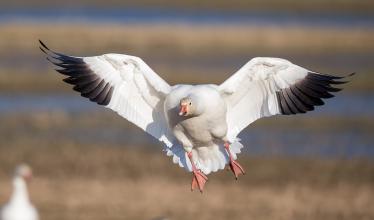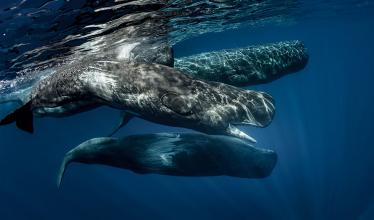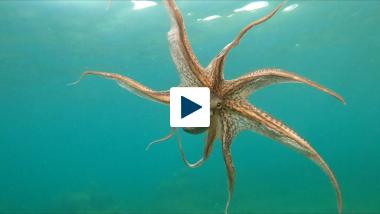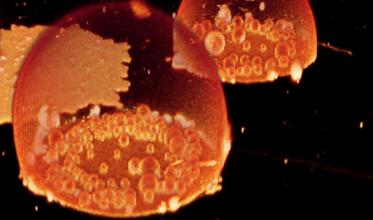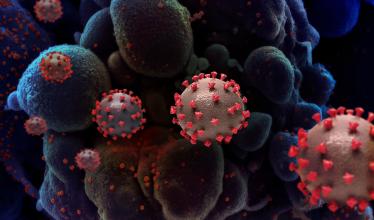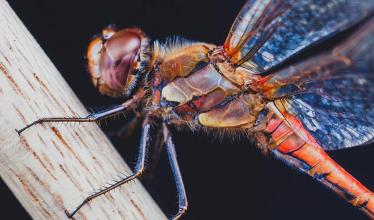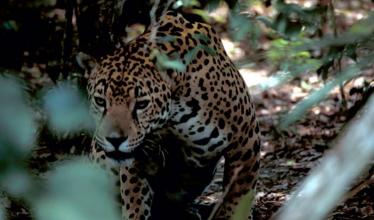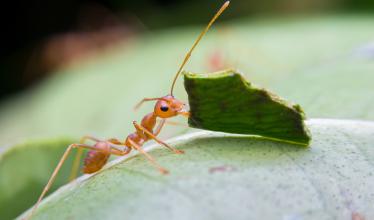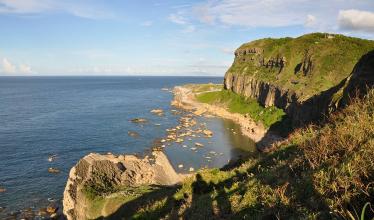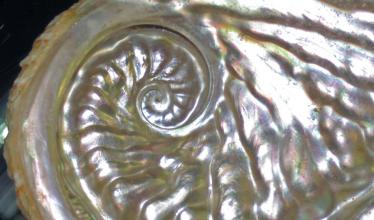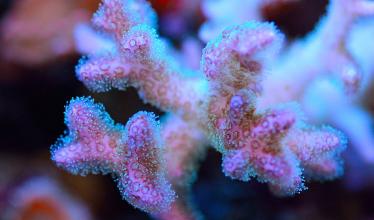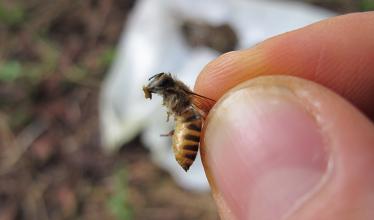Creature
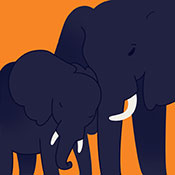 All that slithers, swims, flits, flies, grows and dies
All that slithers, swims, flits, flies, grows and dies
Animals, plants, microbes, fungi and all life on Earth, from long-buried dinosaurs to newly emerging infections, often serve to instruct and amaze. We are interested in everything from the simplest physical structures to the most complex emergent behavior of life's many forms — from the extinct to the evolved and from the web of ecology to the promise of animal-inspired technology.
Reductions in hunting due to COVID-19 restrictions may have led to less stress and better feeding opportunities for already thriving northern birds.
A new paper suggests whales learned to escape the grasp of hunters in just a few years.
Research with octopus limb regeneration helps scientists create smart prosthetics.
Artificial "protocells" suggest the complex biochemical mechanisms used by living cells could have originated in simple bubbles.
A new model suggests that many more mammal species than was previously known could host the creation of novel coronaviruses.
New finding suggests muscle tone and wing posture help the insects execute an upside-down backflip, even when anesthetized.
Walls, fences and other obstacles hamper the mobility of mammals and birds.
Bacterial allies may help insects win the evolutionary arms race against disease-causing microorganisms.
Scientists recently uncovered the ancient dens of 2-meter-long worms.
As the mother-of-pearl in the inner layer of the shell forms, initial defects attract and eventually annihilate each other.
Australian scientists measure the gases that two Great Barrier Reef corals emit.
The insects adorn their hives with animal feces to fend off giant hornet attacks.

